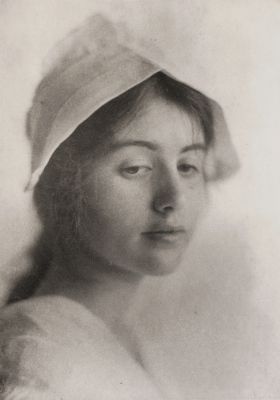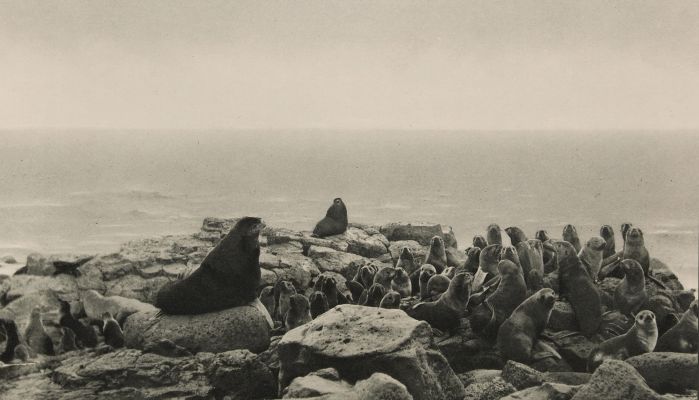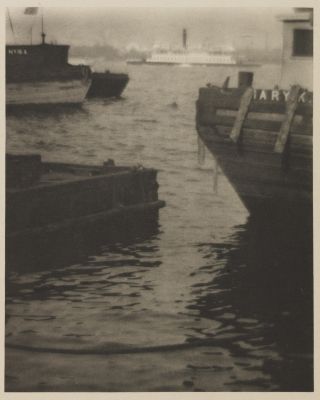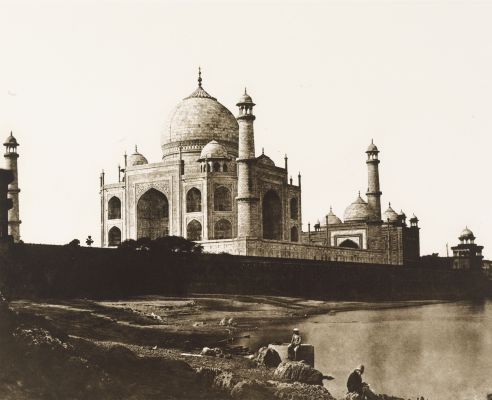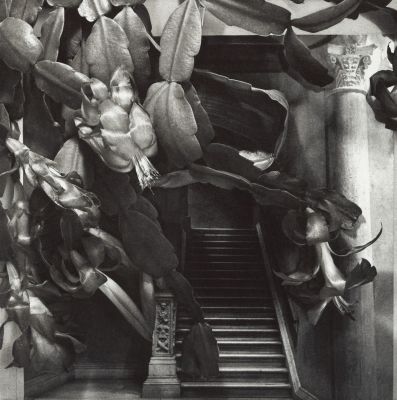
Title
Cathédrale de CéfaluArtist
Giraut de Prangey, Joseph-Philibert (French, 1804-1892)Publication
Moyen Age Pittoresque, Moumens D'Architecture Meubles et DecorsDate
1839Process
LithographImage Size
20.8 x 29.2 cmSheet Size
26.2 x 33.2 cm
This elaborate publication represents the state of the art of ‘pre-photography’ commercial lithography in France at the dawn of the announcement of the invention of Daguerreotype. The title page in a bold elaborate font claims that the works are, ‘Dessinées d’après nature’ (Drawn from nature) by prominent French artists including Girault de Prangey, an early important french Daguerreotypist. Issued from 1837-1840 in five parts, each containing six folios of six plates.
Joseph-Philibert Girault de Prangey was an artist, architectural historian, archaeologist, and pioneer photographer. He first came to prominence in the 1830s for several studies of medieval Islamic architecture in Spain and Italy, which were illustrated with prints made after his drawings and watercolors. He subsequently learned the daguerreotype process and, in 1842, pursued his research on a three-year photographic excursion around the eastern Mediterranean. He returned to France in early 1845 with one thousand daguerreotypes, including the earliest surviving photographs of Greece, Egypt, Turkey, Syria, and Jerusalem, and among the first daguerreotypes depicting Italy. The twenty-two lithographs included in this set of Monuments arabes form part of a larger, unrealized project to publish and disseminate many more of his daguerreotype views, which he carefully stored and archived as an essential part of his archaeological fieldwork. [1]
References
[1] www.metmuseum.org/art/collection/search/774619 cited 02/26/23


